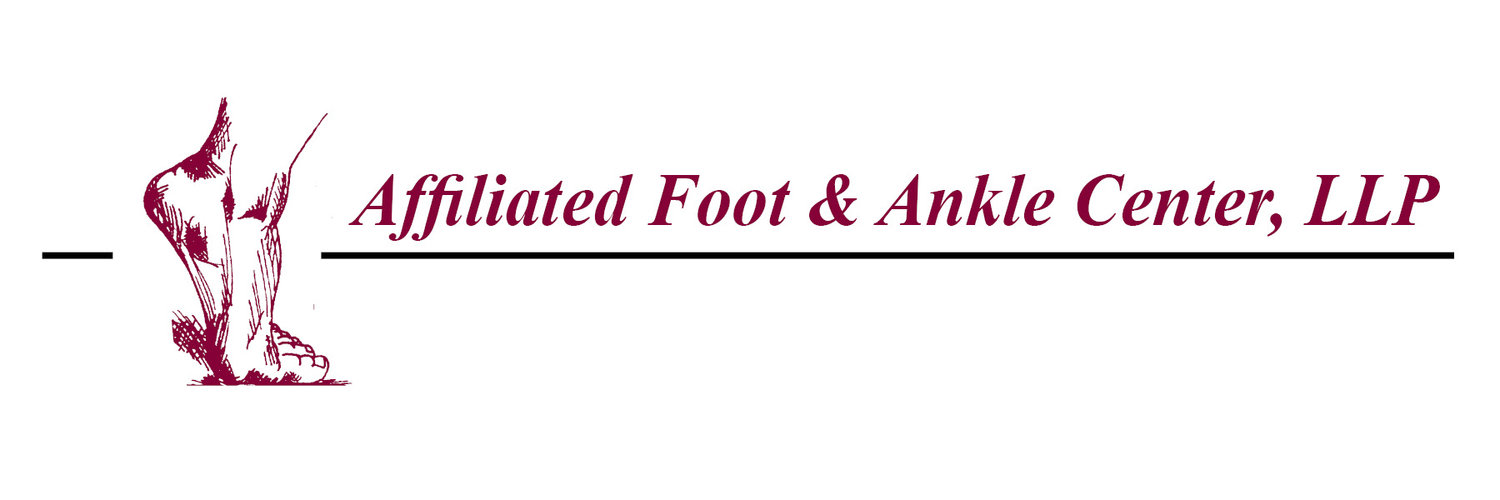Say Goodbye to Plantar Fasciitis Pain
/Plantar fasciitis is the term we use here at Affiliated Foot & Ankle Center for intense heel pain. It’s helpful to understand where the pain comes from so that you can a) make it go away as quickly as possible, and b) do everything in your power to make sure it doesn’t come back!
Plantar fasciitis is inflammation of the thick, fibrous tissue that inserts into your heel bone, runs along the bottom of your foot, and fans out to connect to all five toes. It gives the bottom of your foot structure, absorbs the shock of walking or running, and gives form to your foot’s arch.
What causes plantar fasciitis?
The plantar fascia can become irritated, inflamed, overstretched, and even torn from an accident, overtraining, unsupportive shoes, a job that keeps you on your feet for many hours of the day, the stress from an overweight body, or pressure from an existing structural problem like high arches or flat feet.
Sometimes - not always - plantar fasciitis is complicated by the presence of heel spurs. These are small, jagged pieces of bone that grow outward from the heel bone itself. Bone spurs form as a result of repeated pressure on the bone from intense sports or even being on your feet all day - the same things that can inflame the plantar fascia.
With or without bone spurs, the pain of plantar fasciitis can be brutal.
Kiss the pain goodbye
Here’s what our board-certified podiatrists Dr. Samantha Boyd, Dr. Hal Ornstein, Dr. Dan Phan, and Dr. Joseph Saka suggest for treating plantar fasciitis:
Don’t delay treatment. The longer you endure the pain without taking action to fight it, the longer it can take to heal. Make an appointment at our Howell or Jackson, New Jersey podiatry office to confirm the diagnosis of plantar fasciitis and get going on treatment ASAP.
Tackle the pain in many ways. We may suggest rest, ice, stretching exercises, physical therapy, laser therapy, oral anti-inflammatory medications, steroid injections, a night brace to keep the plantar fascia from tightening up, or all of the above. Whatever combination of treatments we give you, follow it carefully for the best results.
Eliminate the cause(s). Wear orthotics for your flat feet. Have us surgically remove your bone spurs. Relieve stress on the plantar fascia by losing weight or changing the surface you’re running on.
If you’re having trouble with plantar fasciitis, let us help you. In Monmouth County, call (732) 905-1110 for an appointment or contact us online.


